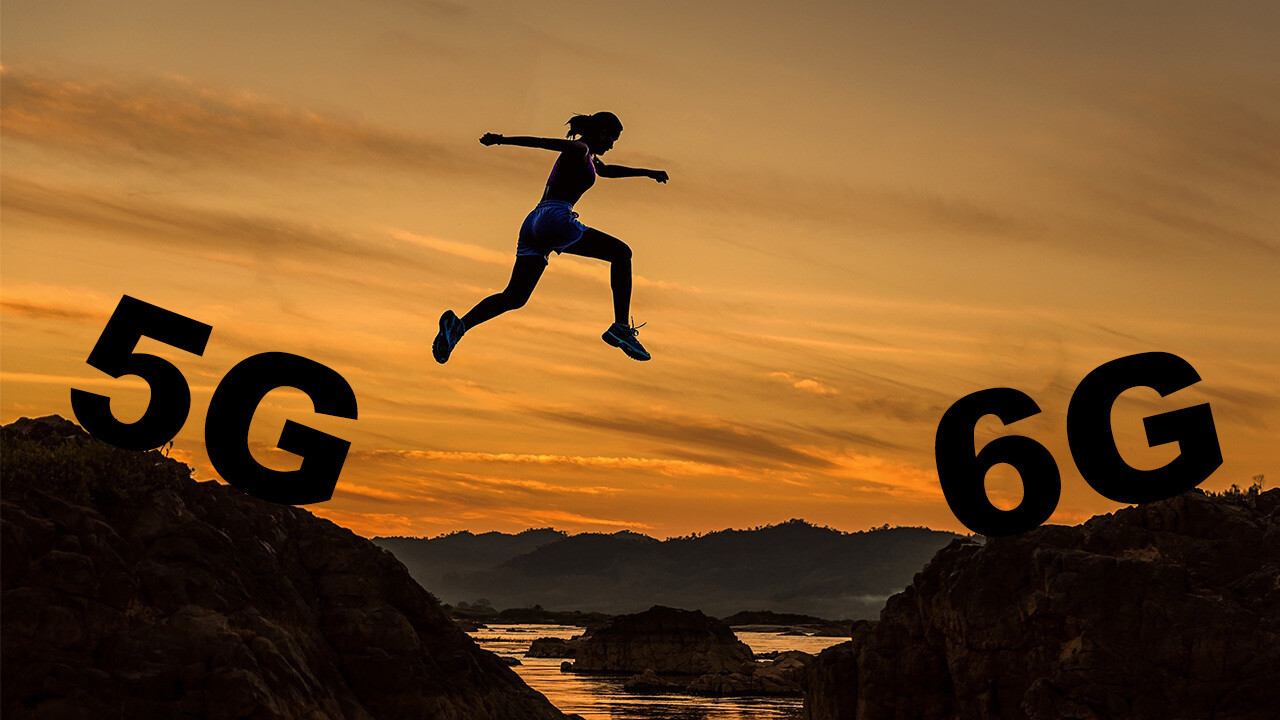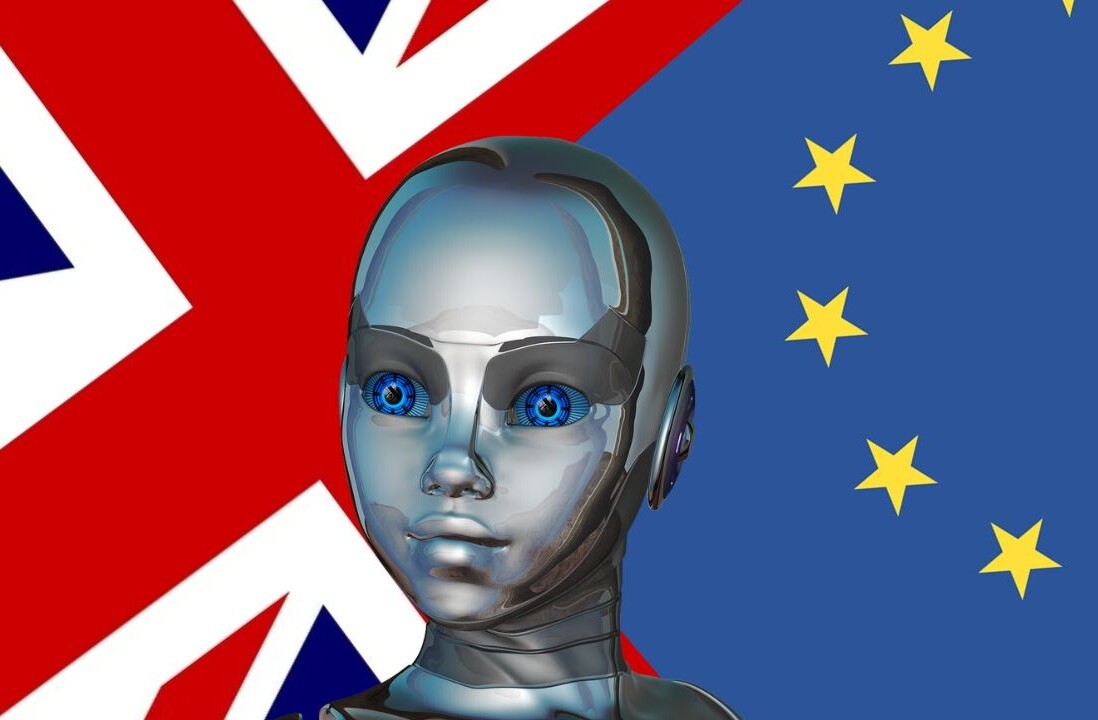
Telecommunications specialist Ericsson will invest tens of millions of pounds into 6G research in the UK, working with universities and industry partners on network security, AI, and cognitive networks.
The Swedish company, which has already been supplying 5G networks across the globe, said that this 10-year partnership would help drive development of next-gen 6G networks, expected to be commercially available in the 2030s.
The investment isn’t just a vote of confidence in the UK, which has been trying to protect its scientific research funding post-Brexit. It also expands Ericsson’s collaboration with other European countries working towards the development of 6G.
The company’s a member of the EU’s Project Reindeer, a consortium tasked with the advancement of wireless access infrastructure. It’s also the technical manager of the Hexa-X, the European flagship 6G initiative, which seeks to lay the foundation for 6G technology and assess its potential benefits.
6G — as in, the sixth generation of cellular network — is touted to be capable of offering astounding capabilities: speeds that exceed 1 Terabit and sub-millisecond response times.
This level of connectivity would not only improve communications and interoperability, but should also enable critical applications that are currently out of reach. Think of things like intelligent autonomous machines, precision healthcare, smart agriculture, and multi-sensory extended reality (“The Internet of Senses”).
Ultimately, 6G technology is expected to merge digital and physical reality, allowing for unprecedented digitalization and automation that would facilitate the physical world’s energy efficiency and sustainability targets.
Such new applications and technologies would offer strategic opportunities for European actors to develop new markets and pave the way for companies to take advantage of this tech. For example, this could be microchips for 6G, next-generation cloud technology, quantum computing, or smart city infrastructure.
With the transformative potential of 6G, it’s no wonder that, in May, Europe set out its vision to develop the technology — but this won’t be an easy undertaking. So every investment in research and development (as Ericsson’s) counts if the continent is going to benefit as much as possible from it.
Get the TNW newsletter
Get the most important tech news in your inbox each week.





